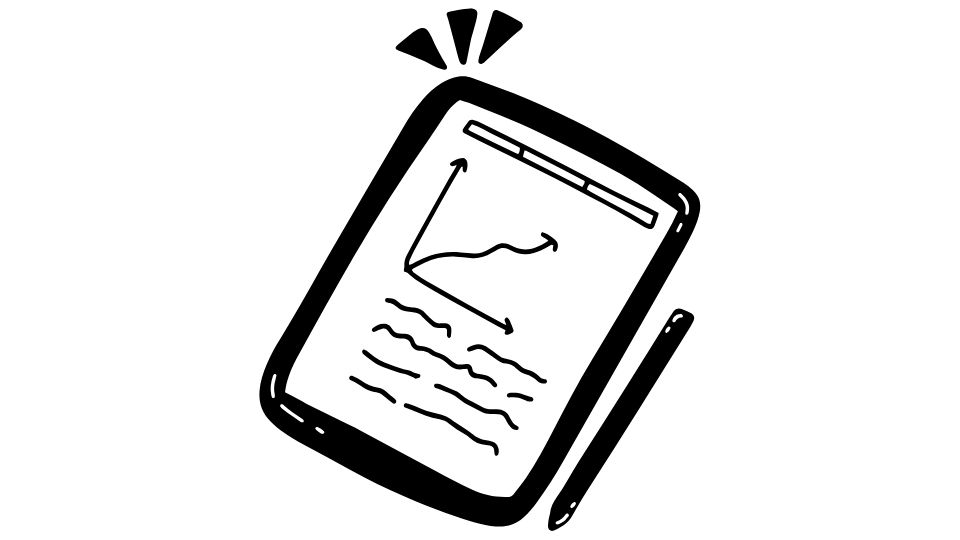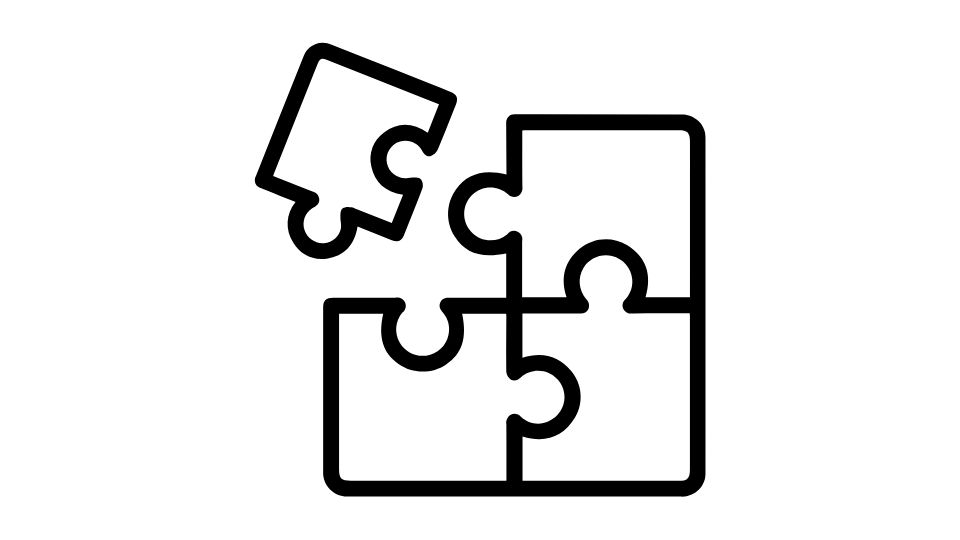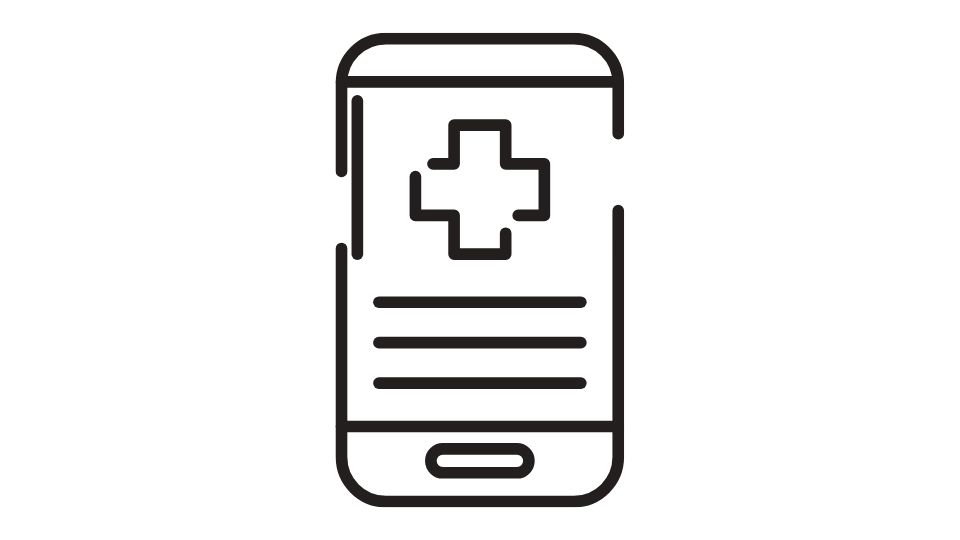Tired of never knowing why your stomach hurts? Want to finally figure out if that burrito is actually causing your 3am trips to the bathroom?
Let me guess – you’ve probably tried cutting out random foods (goodbye, beloved cheese), following generic diet advice, or just straight-up ignoring your symptoms hoping they’ll magically disappear.
But here’s the thing: your gut is unique, and what works for someone else might be exactly what’s destroying your digestive system.
This is where meal tracking comes in – your personal detective for solving the mystery of “what the heck is making my stomach hate me?”
Let’s dive into how tracking what goes in your mouth can help what comes out the other end. (Too graphic? Sorry not sorry.)

Why Tracking Your Meals Can Revolutionize Your Gut Health
Your digestive system is basically having conversations with everything you eat. Some foods chat nicely with your gut bacteria, while others start arguments that leave you bloated, cramping, or running to the bathroom.
Without tracking, you’re essentially trying to solve a crime without any evidence. “Was it the bread? The dairy? That sketchy gas station sushi?” Who knows!
Meal tracking provides a clear, personalized record that connects the dots between what you eat and how you feel afterward.
Think about it – how many times have you told yourself “I’ll remember what caused that terrible stomach pain” only to completely forget by the next day?
How To Actually Track Meals For Better Digestion

Tracking isn’t just writing “had sandwich” in a notebook. To get real insights, you need to:
1. Log EVERYTHING (yes, everything)
- Record all meals, snacks, drinks (even that “just one bite” of dessert)
- Note portion sizes (a handful vs. a plateful makes a difference)
- Track preparation methods (raw vs. cooked can affect digestion)
- Document condiments and ingredients (that “special sauce” could be your kryptonite)
2. Record Your Symptoms
- Note when digestive issues occur (timing matters!)
- Rate severity (mild discomfort vs. “I need to cancel all plans”)
- Track bowel movements (consistency, frequency, etc.)
- Document other symptoms like gas, bloating, or acid reflux
3. Look For Patterns
After a few weeks, review your logs and look for connections. Maybe dairy always causes problems 30 minutes later, or that “healthy” protein bar gives you gas every single time.
Once you identify these patterns, you can make informed decisions about what to eat more of, what to limit, and what to avoid entirely.
Benefits Beyond Just Fixing Your Gut

Meal tracking doesn’t just help with digestive issues – it’s a total health upgrade:
Creates healthier habits automatically
When you know you’re tracking, you naturally make better choices. Research shows that people who log their food eat more vegetables and fewer processed foods.Helps with weight management
If your digestive issues are tangled up with weight concerns, tracking kills two birds with one stone.Gives you actual evidence for your doctor
Instead of vague complaints, you can show your healthcare provider exactly what’s happening, which helps them give better advice.Makes you more mindful about eating
You’ll notice you eat less mindlessly and more intentionally when tracking.
Tech To The Rescue: Apps That Make Tracking Easy
Let’s be real – nobody wants to carry around a notebook and pen to log every bite. Thankfully, there are some great apps that make tracking your meals and symptoms way easier:
Top Apps For Digestive Health Tracking:
Digbi Health: Uses AI to analyze your meal photos and stool logs (yes, really) to find patterns. The app actually “learns” what foods trigger your symptoms. Clinical studies show it helps people manage conditions like IBS.
mySymptoms Food Diary: Perfect for tracking meals, symptoms, and stress levels. Creates reports you can show your doctor.
Cara Care: Specifically designed for IBS and FODMAP tracking, making it easier to identify which specific carbs might be causing problems.
MealByMeal: A super simple meal tracker where you just text your meals. While it doesn’t track symptoms directly, its ease of use means you’ll actually stick with tracking – which is half the battle. Perfect for calorie and macro tracking alongside your symptom journal.
Practical Tips For Successful Tracking

- Be consistent – Missing days creates holes in your data
- Track stress and sleep too – These affect digestion more than you think
- Use photos when possible – They capture details you might forget
- Review weekly – Don’t wait months to look for patterns
- Share with professionals – Let experts help interpret your data
Real Talk: Will This Actually Help?

I know what you’re thinking: “Is this really worth the effort?”
Based on clinical research and countless success stories, the answer is a resounding YES. People with IBS, Crohn’s, unexplained bloating, and other digestive issues have found relief through the simple act of tracking.
Instead of following generic advice that might not work for your unique body, you get personalized insights into exactly what foods are causing your problems.
It’s like having a map instead of wandering blindly through the forest of digestive distress.
Is tracking everything a bit of work? Sure. But is it better than suffering through mystery stomach pain for years? Absolutely.
Start tracking today, and within a few weeks, you’ll have insights about your body that no internet article or random health guru could ever give you.
Your future, less-bloated self will thank you.




Leave a Reply